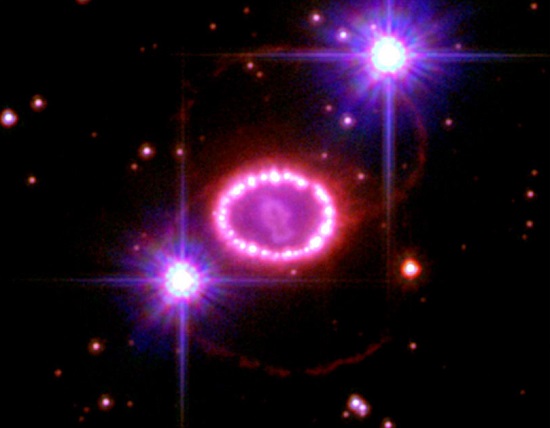Some people disbelieve the Bible because they find what I’m calling fantastic creatures – creatures which they believe don’t exist, and thus they conclude the Bible is full of fairy stories and make believe. But nothing could be further from the truth. So in this series we’re looking at the reality behind the creatures which the atheist who tweeted the below finds objectionable:
“He follows a holy book with a jealous & genocidal god, ghosts, zombies, seers, devils, demons, witches, satyrs, unicorns, talking animals, a man who lived in a fish and a 7 headed dragon.”[1]
(Not listed but also covered: The Cockatrice)
And though this is not the season for Halloween, next up we’re looking at witches and ghosts.










_550.jpg)